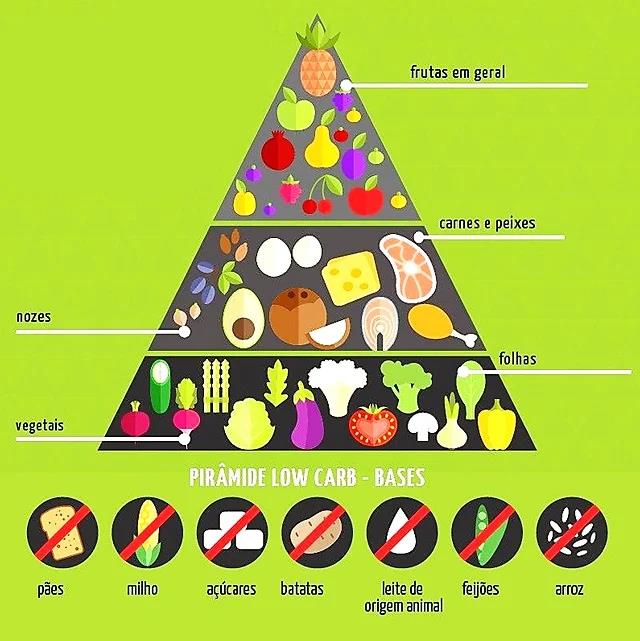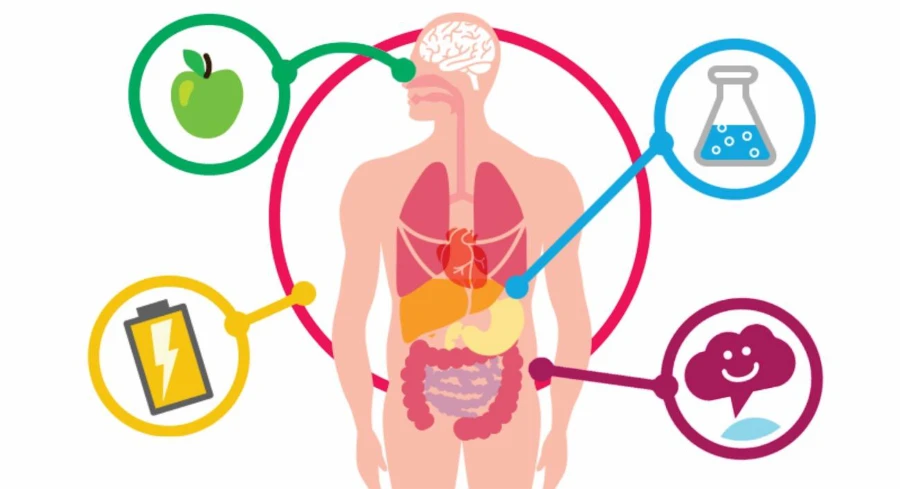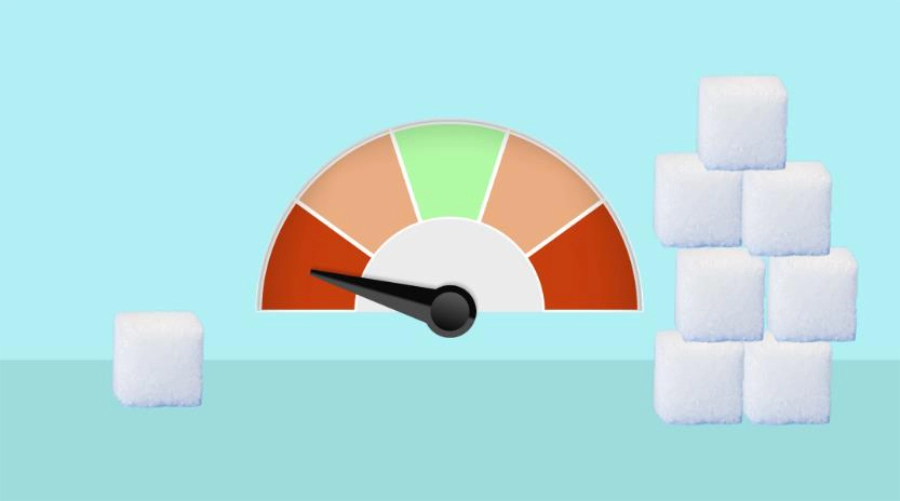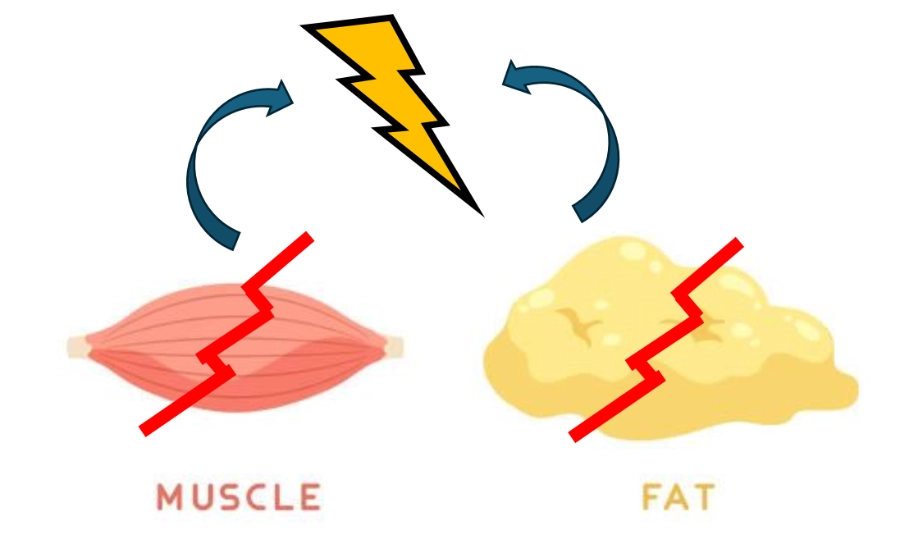Everyone has heard of a trendy diet. Currently, the low-carb diet is gaining more and more attention. Much of this focus stems from today’s public health landscape, with an increasing number of people struggling with excess weight and metabolic diseases. Its popularity directly challenges the overconsumption of ultra-processed foods, which have introduced high amounts of sugar and carbohydrates into people’s daily lives. However, behind the thousands of claimed benefits found online, there are significant issues—especially for those who engage in physical activity.
Nutritionist Homero Munaretti discusses this topic, shedding light on the problems of improper use of the low-carb diet and how it can affect our health.
Read the full text below:
The low-carb diet, or low-carbohydrate diet, is the current darling! In general, it gained popularity due to the rise of ultra-processed products that brought excessive amounts of sugar and flours into our daily lives through various food items. This has directly contributed to the rise in obesity and metabolic diseases in today’s population, ultimately linking carbohydrate consumption to health problems.

When used in a controlled and proper manner, the body’s responses to this type of diet can support weight loss, reduced body fat percentage, stabilized blood sugar levels, improved fat burning and storage, changes in fatigue thresholds, among other benefits.
What many people don’t know is that this approach isn’t beneficial for everyone and isn’t suitable in all situations. Worse yet, when applied incorrectly, it can lead to performance decline and serious health issues.
A diet that restricts carbohydrate intake focuses on avoiding refined carbohydrates, ultra-processed foods, and carb-rich items. It permits the consumption of certain fruits and vegetables, meats, oils, nuts, and eggs. This can range from moderate restriction (30 to 40% of total daily caloric intake) to more severe interventions (below 10% of total daily caloric intake).

This deprivation leads the body to adapt in order to supply alternatives to sugar within our system. These changes in metabolism result in greater reliance on fat reserves for energy, increased use of amino acids as fuel, and the production of ketone bodies to supply energy to the brain.

The issue is that maintaining this diet long-term—especially for an active individual—without proper adjustments can lead to a range of problems: fatigue, hypoglycemia, reduced fat-burning efficiency due to lower metabolic rate, muscle loss, nausea, dizziness, headaches, mood swings, muscle injuries, and overtraining.

This happens due to the adaptive response the body generates to handle carbohydrate deprivation. Initially, to maintain blood sugar levels (glycemia), the body uses glycogen, its stored sugar reserve. Once glycogen is depleted, the body begins using amino acids as an energy source. Since the body doesn’t store amino acids, it redirects those circulating from protein intake. Stress hormones are then released to trigger muscle breakdown and release more amino acids. These hormones also increase fat breakdown to provide energy. A byproduct of fat metabolism is the formation of ketone bodies that help fuel brain activity.

For someone who trains or plays sports, using this diet improperly leads to an accumulation of stress hormones, which increases inflammatory factors in the body—hindering muscle recovery after training sessions. Muscle recovery is already impaired due to the use of amino acids for energy and the breakdown of muscle mass, which intensifies with exercise. Additionally, fat-based energy production is slower and requires more oxygen. Combined with stress and poor recovery, this leads to fatigue and reduced performance. Finally, as exercise reduces blood glucose and the body struggles to keep it stable due to amino acid reliance, the central nervous system can be affected—causing fatigue, nausea, fainting, and worsened symptoms due to increased ketone bodies in the brain.
Improper long-term use of this diet increases the risk of injuries, overtraining, weakened immunity, and even more serious dangers such as fainting during physical activity.


That’s why restrictive diets should always be applied in a controlled way—within a diet cycle that offsets their effects and supports your body’s progress toward your goals—ultimately enhancing your performance and long-term health.
This post is also available in: Português (Portuguese (Brazil)) Español (Spanish)
